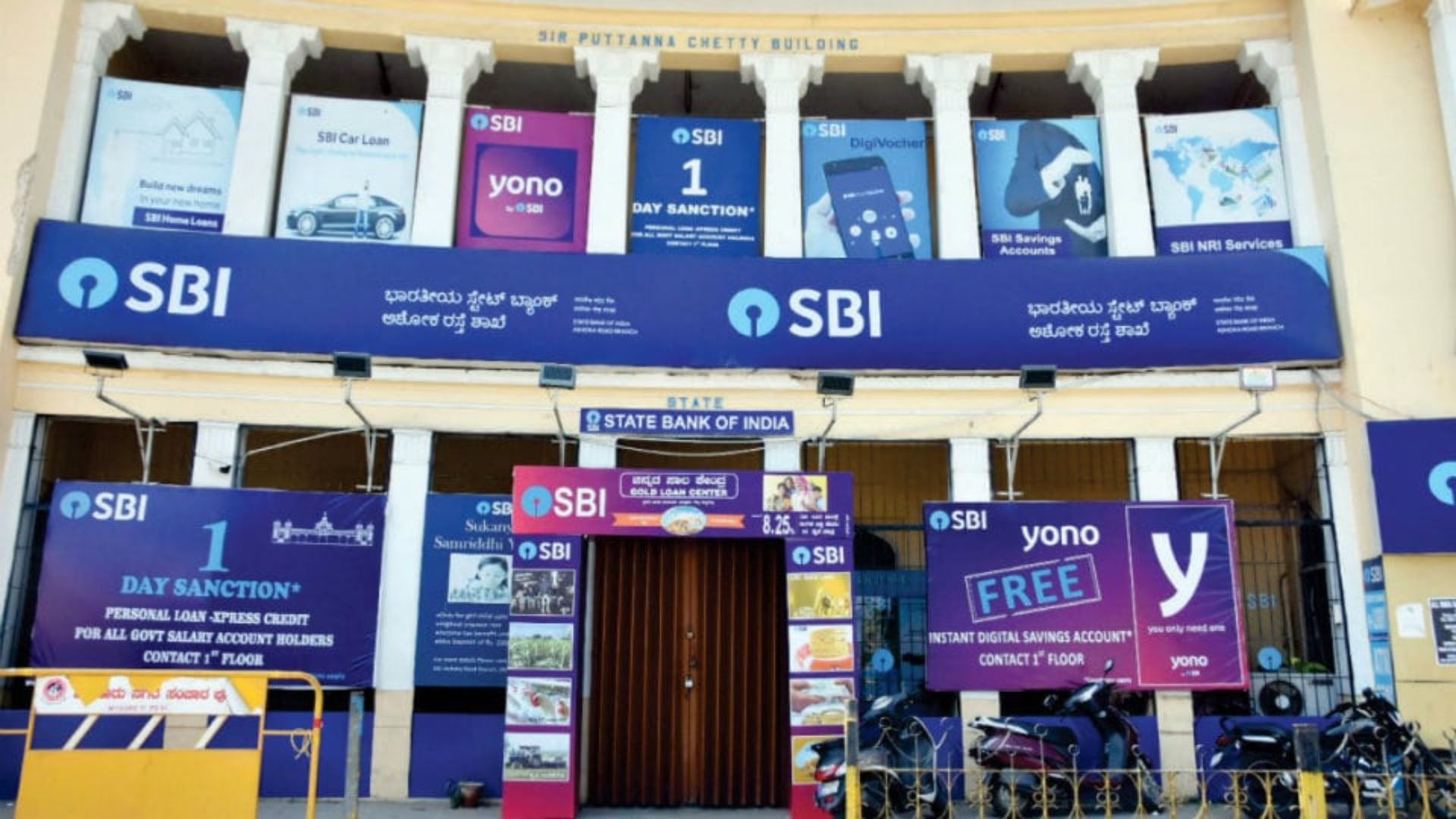The claim of the Prime Minister that the Banking Sector has become robust is not true if we analyse the facts and figures.
On Jan 1 2015, Gyan Sangam 1 was organised in Pune in which the Prime Minister, the Finance Minister, the Secretary of Finance and private sector bankers were the main guests.
All public sector bank chiefs also participated in the event, where a McKinsey-prepared road map for PSBs was presented. The road map for the future of public sector banks was agreed upon. The main recommendations were: merger of banks, digital push, focus on profit, privatisation, creation of banks board bureau and changes in human resource management.
The merger has been a disaster, digitisation has led to more frauds and bank businesses taken over by Fintechs, banks have shifted business to make profit by dubious means instead of loan recovery, BBB helps to pick and choose MDs and HR based on the Bell Curve which has ruined teamwork.
The SBI fiasco in the Supreme Court has shown how the Government is arm-twisting banks.
The Government brought the Insolvency and Bankruptcy Act and created National Company Law Tribunals (NCLT) to settle Non- performing Assets in 2016. It was to help the borrowers, as the PM himself stated. It has paved the way for huge write-offs in the name of haircuts. The average write-off is 80% of the loan outstanding. Mukesh Ambani took over Anil Ambani’s Reliance Infra with a 99% haircut and Vedanta Agarwal took over Videocon with a 95% haircut. This is practically a loot of public Banks.
Every year there is a conclave of Bankers named Gyan Sangam to Vichar Manthan where the public sector Bank Chiefs and Directors are told what to do. Even by self-styled Gurus like Jaggi Vasudev.
In Nov 2016, the PM announced demonetisation, which affected everyone except the neo rich, while the faith in the banking system was eroded.
Then the Government brought the Financial Resolution and Deposit Insurance Bill 2017 (FRDI Bill) which was to pave the way for appropriating depositors’ money to take care of the banks which are likely to go insolvent.
It was withdrawn due to opposition from the associations, unions and the general public.
In 9 years, banks wrote off Rs. 14.53 crore and made their balance sheets clean. Now there is a provision for even fraudsters to settle loans through one-time settlement.
To compensate for this loss, banks increase their service charges like minimum balance charges, ATM charges, SMS charges, cash handling charges, inspection charges, processing charges etc. These charges are mostly levied on the poor and the middle class.
The interest rate on Savings Accounts has come down to 2% from 5%. The rate of Interest on fixed deposits has come down from 14% to 7% and the depositors are mainly household depositors.
The interest rates on education loans, MSME loans, farm loans and SHG loans are around 11% but the corporates who avail loans above 100 crores get them at less than 5% to 7%. Some of them cheat the banks resulting in huge losses. Tatas could get a loan at 4.5%. Adani gets an additional loan to tide over a series of crises.
Vijay Mallya, Mehul Choksi, Nirav Modi, Jatin Mehta continue to live in style abroad. The list is long and most of them are close to the present Government.
The claim of 43 Crore MUDRA loans is false. India has 30 crore households. Has every household got more than one loan? Where are these enterprises? Most of the loans are becoming NPAs. The politicisation of loan schemes has taken place.
Due to mergers and plans for privatisation rural branches are closed, staff is reduced, regular jobs are outsourced, and even cash loading is handed over to private firms. Instead of permanent employees, 33 lakh business correspondents are enrolled. This ends reservations in jobs and the service has become poor.
Bank boards don’t have employee directors and officer directors mandated by law. This helps to write off huge loans and give huge loans to corporates.
A co-lending model like SBI- Adani Capital agreement paves the way for the private firms to identify the borrowers, but the banks give the loans. Most of the loans may not come back.
Going back to the principle of “No lending for on-lending”, Non-Banking Finance companies (NBFCs) and Micro Finance Institutions (MFIs) are given loans by banks at around 11% interest, but they lend to the farmers, MSMEs, and even SHGs at 24% to 36% interest.
The FM has already announced privatisation of 2 banks, though all PSBs are generating good profit. The deposit share of public banks has gone down from 65% to 64% and the share of loans has gone down from 75% to 55% due to the plans and encouragement of the Government. People still believe that their money is safe with public banks.
So the net result is:
- Depositors are losing their income
- Small borrowers pay heavily
- Class banking has taken over Mass banking.
- Corporate loots are encouraged through one-time settlements and through NCLTs
- Income inequality is increasing.
- The Bank boards have become opaque.
- In the name of digitalisation loot is taking place (Rs. 35200 Cr for Minimum balance, ATM and SMS Charges in 5 years.)
- Farmers, MSMEs, Women, and Youth are affected because of the non-availability of loans on time.
Contrary to the claims, the banking sector has gravitated towards the rich. A huge crisis is looming, but the real facts will emerge after the elections.
Right now, lies have taken centre stage.
Thomas Franco is the former General Secretary of All India Bank Officers’ Confederation and a Steering Committee Member at the Global Labour University.
Centre for Financial Accountability is now on Telegram and WhatsApp. Click here to join our Telegram channel and click here to join our WhatsApp channel and stay tuned to the latest updates and insights on the economy and finance.

